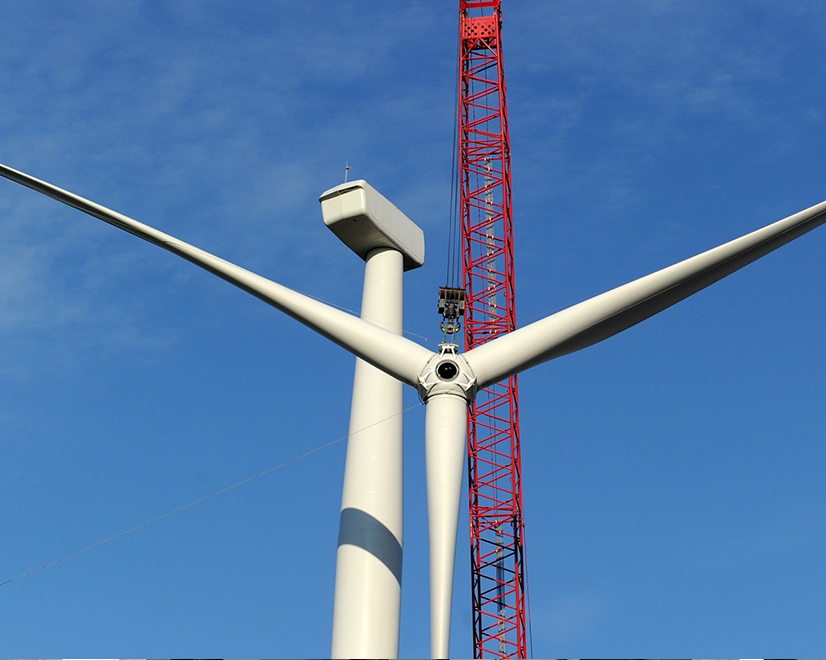MISO will submit proposal to FERC in the fourth-quarter to slim its generator interconnection queue timeline from about 505 days to a single year.
The RTO wants the timeline of an interconnection customer entering a generation project into the definitive planning phase (DPP) to signing an interconnection agreement to be about a year. It said it will achieve the reduction by cutting the days allotted for generator interconnection agreement (GIA) negotiations and study, performing some study aspects simultaneously. (See “Queue Timeline Cutbacks Still in the Works,” MISO Winds down MTEP 20 Planning, Focuses on 2021.)
At a Planning Advisory Committee meeting Wednesday, interconnection study engineer Miles Larson said MISO will cut about 40 days from the current 140-day first DPP but add about 25 days to the second, 80-day DPP. Larson explained that the second DPP could use the extra days because it contains more intense study, including a stability analysis and short-circuit analysis.
For the current, 135-day third DPP, an interconnection customer will be met with a fork in the road. They will have a choice to either:
- spend about 60 days in the stage if it doesn’t need to know the results of its network upgrade facilities study before proceeding to GIA negotiations; or
- devote about 150 days to the phase if it needs a network upgrade facilities study report before proceeding to the GIA. This route would result in an approximate 463-day total queue timeline.
GIA negotiations themselves will be slimmed from about 150 days to about 108.
Larson said if MISO can usher generators through interconnection studies closer to a single calendar year, it will rely on better planning assumptions, as the Transmission Expansion Plan also functions on a yearly basis. He said the RTO’s goal is to “provide more information to stakeholders earlier in the process to give everyone more time to review models, plan for mitigations and review results.”
Stakeholders have been pessimistic that MISO can achieve its single-year goal because it’s dogged by notoriously time-consuming affected-system analyses with its neighbors.
“MISO continues to have discussions with [affected-system] teams on expectations and potential process improvements and alignments efforts,” Larson said. “We’re optimistic that many of these developments … will allow us to meet overall deadlines of the study schedule.”
He said if the changes don’t meaningfully shorten time spent in the queue, MISO will “entertain larger process changes,” including reworking local planning criteria studies and hiring consultants “where and when needed.”
“We’re going to continue to look at process improvements. We don’t have concrete examples today,” Larson said. He added that if delays persist, MISO will bring additional proposals to the stakeholder-led Interconnection Process Working Group.
“Compared to what we see in other parts of the country, MISO is really a leader in its willingness to make improvements to its interconnection queue,” Clean Grid Alliance’s Natalie McIntire said.



